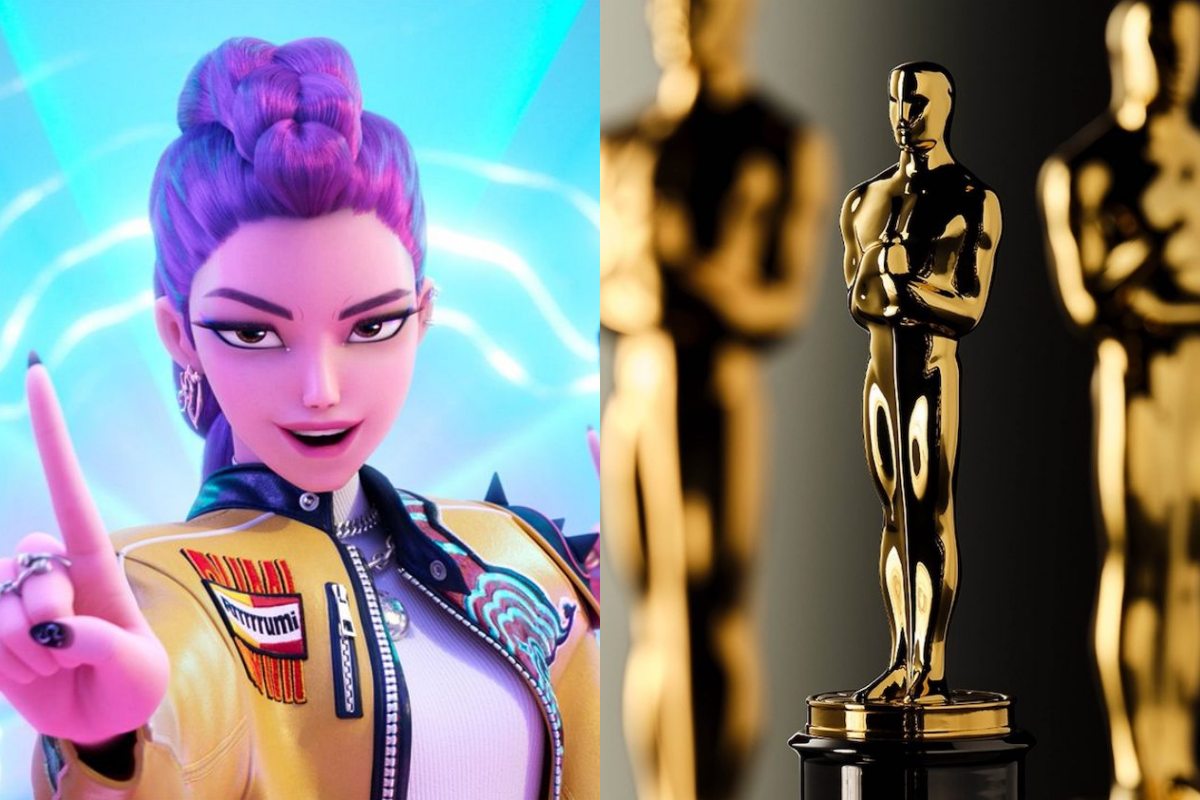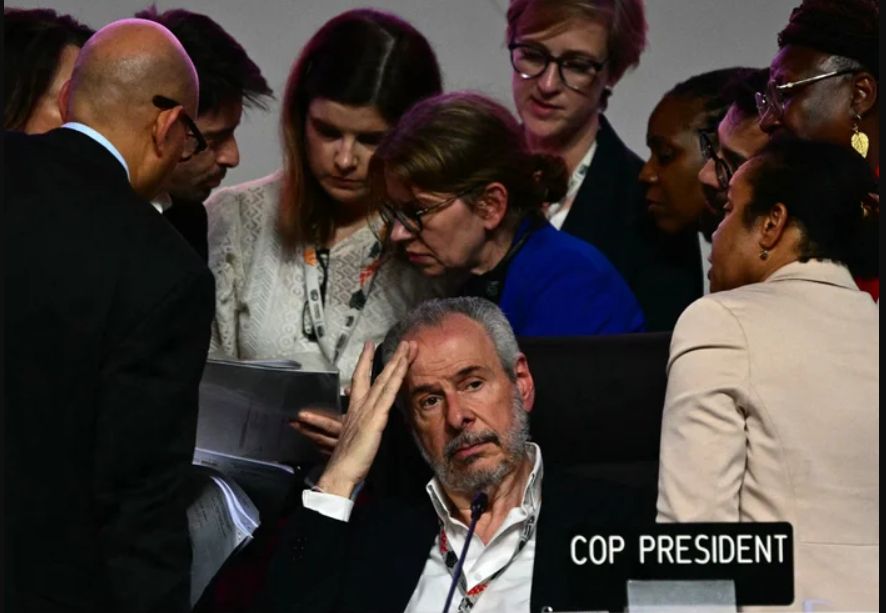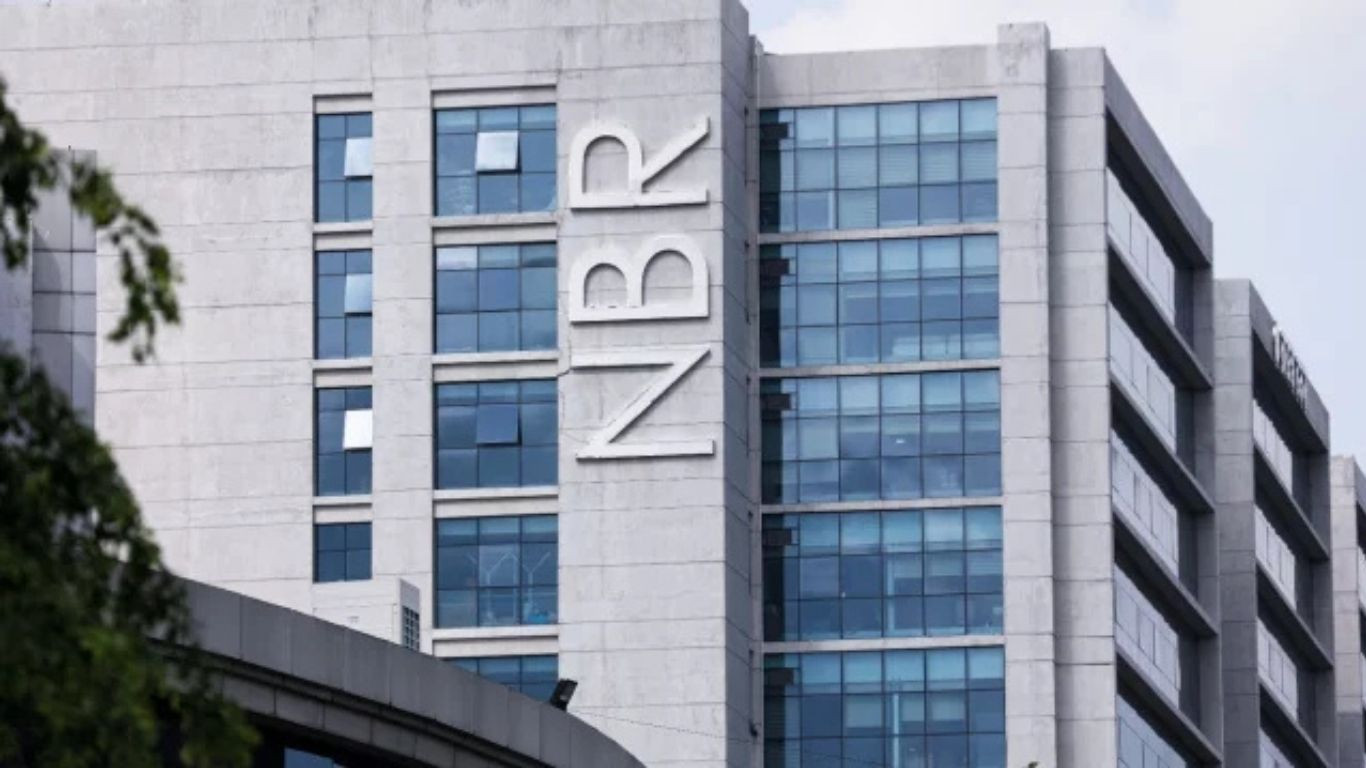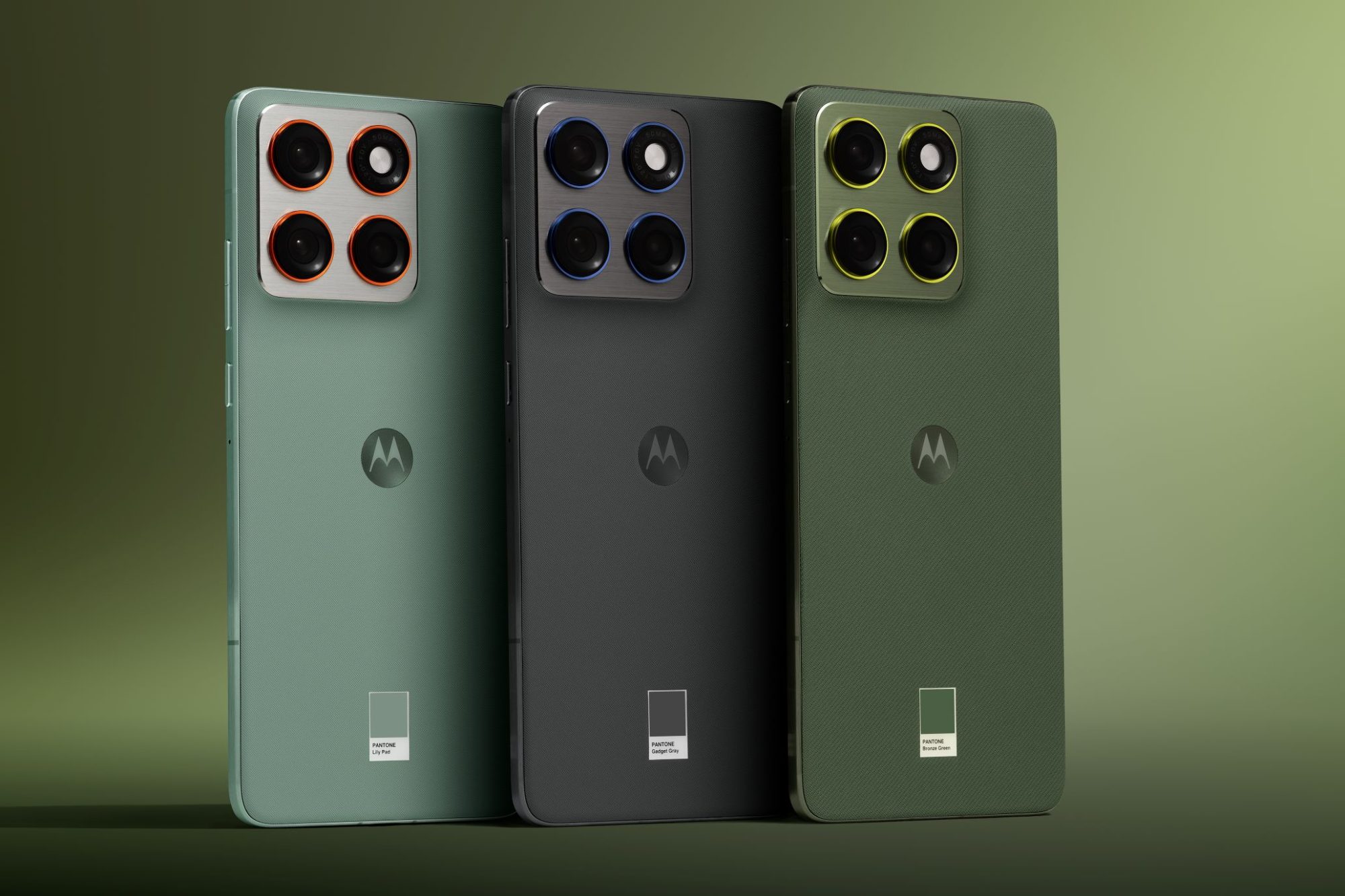Disney’s ‘Zootopia 2’ returns with reptiles, land grabs and sharper social satire

Sequel expands the city’s map and its politics
Nearly a decade after Disney’s original Zootopia charmed audiences with talking mammals and a surprisingly sharp take on prejudice, “Zootopia 2” returns to the same city with a broader cast and a more pointed story. The new film reunites rabbit cop Judy Hopps and fox hustler-turned-partner Nick Wilde in another detective plot that borrows from classic noir, this time involving reptile elites, land deals and climate-controlled walls. Critics say the sequel leans harder into mystery structure and buddy-cop comedy, while still threading in social commentary about power, trust and who gets to control space in a supposedly inclusive city. Visually, Zootopia’s four climate districts look richer and more detailed, with new corners of the map and more species added to the mix.
The film also brings back co-directors Byron Howard and Jared Bush, who know the franchise’s rules well enough to bend them without losing its heart. Reviews highlight how the story shifts from straightforward “learn to trust each other” beats toward the messier work of mutual respect and compromise between strong personalities. New characters from the wealthy Lynxley family, who built Zootopia’s climate technology, give the film a clear villainous counterweight, with their polished succession-style aesthetic and shady business interests. For parents and adult fans, the script serves up plenty of in-jokes and commentary about development, therapy culture and work relationships, while younger viewers still get slapstick, chases and the return of fan-favorite side characters.

Family sequel and franchise strategy for a cautious Disney
“Zootopia 2” lands at a moment when Disney is leaning on known brands but under pressure to make sequels feel less like automatic cash-ins. Early reactions suggest the film clears that bar by giving returning characters emotional arcs and building a more complex political backdrop instead of simply repeating the first movie’s beats. The focus on land grabs and climate walls gives the sequel a timely edge, in line with family films that quietly tackle big issues from environmental change to inequality. At the same time, the animation stays bright and kinetic, with action sequences and comedic therapy scenes designed to play well in theaters and later on Disney’s streaming platforms.
For Disney, a strong performance from “Zootopia 2” would not just revive a popular world but also reinforce its strategy of stretching animated universes over multiple films, shorts and series. Success could pave the way for spin-offs set in specific districts or centered on supporting characters, feeding the insatiable demand for kids’ content on streaming while keeping merchandising lines fresh. The film’s warm critical reception so far hints that when sequels preserve the original’s mix of humor and commentary, audiences are still willing to return—even in a crowded year for family animation. In a marketplace where K-content and anime increasingly compete for young viewers’ attention, Disney’s anthropomorphic city is trying to prove it still has room to grow.





















